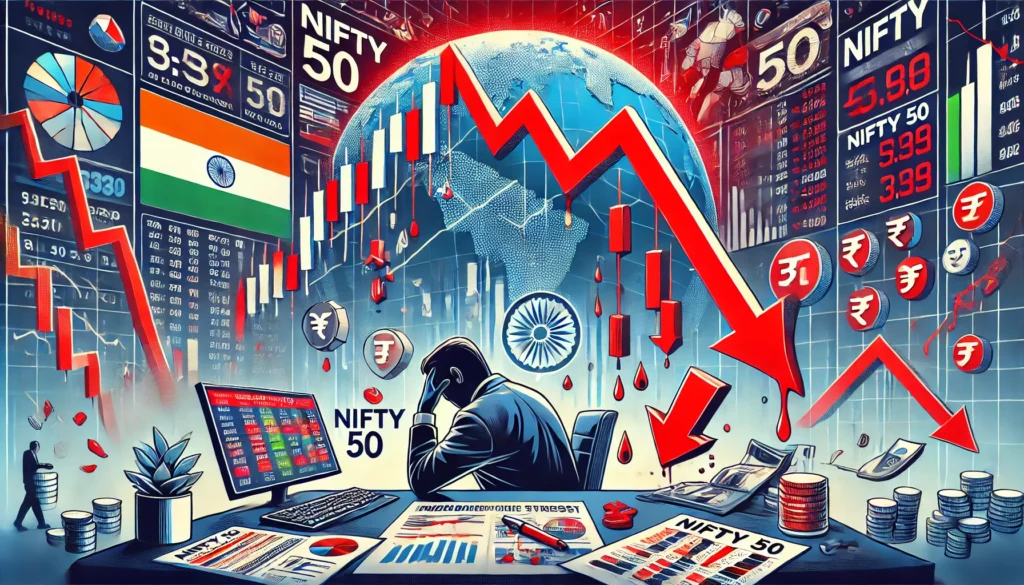A specific instance from the history of financial investments globally and their outcomes that stands apart is while tulips were bought and sold in the Dutch market during the early 1600s. Revered for being the globe’s most notorious tulip economy fall, this period witnessed an unprecedented peak and consequent crash in tulip profits. Tulips went from being a luxury to consumers feeling stranded financially after investing in what they thought was a precious commodity.
The Rise of Tulip Fever
In the late 16th century, tulips came to be adopted into the Dutch culture, wherein they became a symbol of nobility. The beautiful and rare combination of certain colors and shapes made tulips even more appealing, which led to an increase in demand. With the Dutch thriving in business due to their advanced trading system, they identified the possibility of earning profits with the rising trend of tulips.
Around the mid-1620s, the eagerness thrived to a point where there was rampant trading of tulips through not only professional traders but the common layman as well. Anticipation of high sales led to inflation, where everyone wanted to obtain tulips so much that even a single extraordinary tulip bulb was priced higher than an average skilled worker’s salary.
The height of the mania
Between 1636 and 1637, tulip bulbs were traded on the futures markets, meaning buyers agreed to pay a certain amount at a pre-determined date. This resulted in speculative rockets, as traders would buy and sell contracts with no intention of seeing the actual commodity. At one point, the price increased so much that there were reports of people trading houses, entire businesses, and even parcels of land for only a few tulip bulbs.
The Inevitable Collapse
The market crashed with little warning in 1637—investors simply stopped showing up to auctions, leading the remaining buyers to lose confidence overnight. To make matters worse, prices began a steep decline that resulted in countless investors facing bankruptcy. While the Dutch government made an attempt to fix the market, the damage was too severe for many. The economy suffered, and in turn, people lost their speculative enthusiasm that quickly turned into panic.
Lessons from Tulip Mania
All bubbles burst; it is simply a matter of time. Fervid or frantic frenzies aren’t a new thing. Tulip mania serves as proof of that. Humans are innately flawed, driven by need and greed. Tulip bulbs had little to no economic value in comparison to rice gold or even land, illustrating the great risk in investing in assets infested with speculation fungus. – Sentiments can shift at an instant. – People rose in prices due to their assumptions that it would now keep rising, which was later followed by a confident and drastic downfall. – as always presented Modern Parallels Although Tulip Mania manifested almost four centuries ago, it has similar counterparts both in the South Sea Bubble and the Dot-Com Boom followed by the Bitcoin market; those serve as mementoes for investors proceeding hintless to any value asset, for a change, attempting to act in the value’s inherent logic. The Dutch Tulip Mania stands stronger than other tales that remind history of astounding adventure whilst endowing amazing lessons, including speculation, risk, and human head involvement in markets



